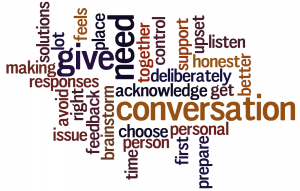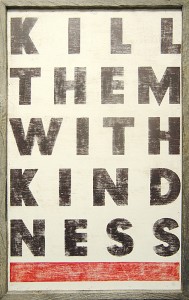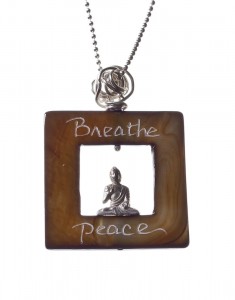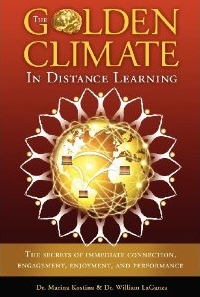12 Principles of Brain-Friendly and Heart-Full Communication
Happy New Year! May 2013 be peaceful, safe, healthy, joyful and prosperous!
Our lives find meaning, purpose and fullest expression through connection with other human beings. Here at The Brain Alchemist, we promise to help you make your communication in 2013 brain-friendly and heart-full so that you can nurture and grow relationships that matter. The following 12 principles can be your guide to deeper connectivity, self-expression and peace in 2013. Perhaps, you can choose one principle for each month to explore, practice and apply in your daily interactions and watch your relationships transform.
Video link: http://youtu.be/eKua9A1PQxo
- Before you speak your mind, listen with your heart. You can’t be heard if you don’t know how to listen.
- Pack perspectives, unpack assumptions. Whenever possible, assume positive intent in words and actions.
- Don’t sugarcoat problems. It won’t solve them, but it will make them sticky.
- To have cool conversations, learn to control your hot buttons.
- Choose the surprise of a genuine human connection over the safety of posturing.
- Embrace uncertainty. Unlikely things happen all the time, both good and bad. It’s our likely expectations that are often the problem.
- Ask powerful questions. The answers will always be closer than you think.
- Speak in kindness. Those who spit out toxic words are the first to taste the poison.
- Be guided by curiosity, not judgment. Don’t judge others unless you are prepared to live their lives.
- Look for ambiguity because it tickles the mind. Be concise and precise because it sharpens the thought.
- Extract your message from the rubble of doubt, shame, failures, and misfortunes. The reward of digging deep is finding your true voice.
- Be compassionate but don’t take responsibility for other people’s feelings. When we doubt our ability to cope with feelings, we deny ourselves the richness and fullness of life. Speak and act from the heart, with empathy and respect, but let others feel what they need to feel and trust they can handle it.
















